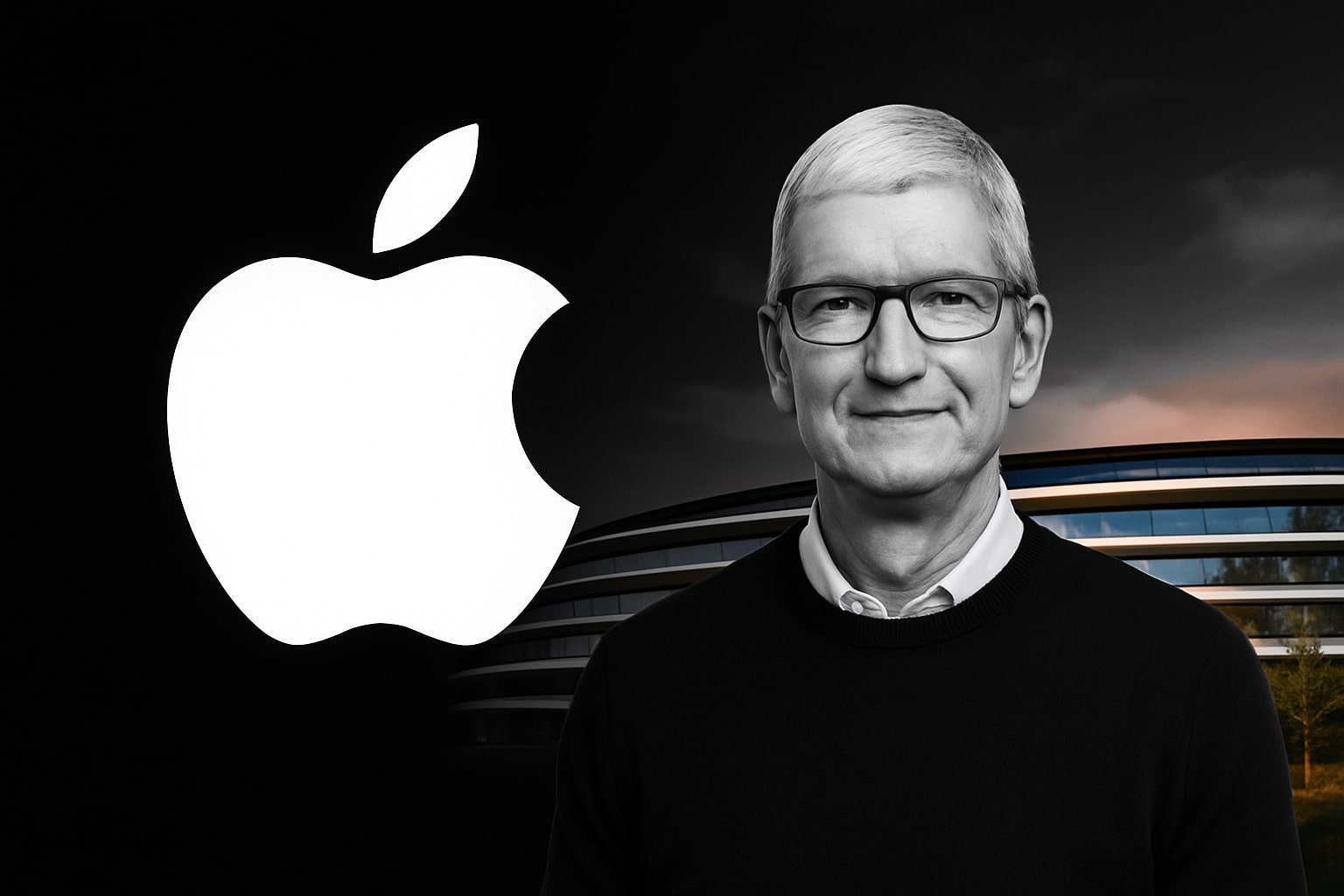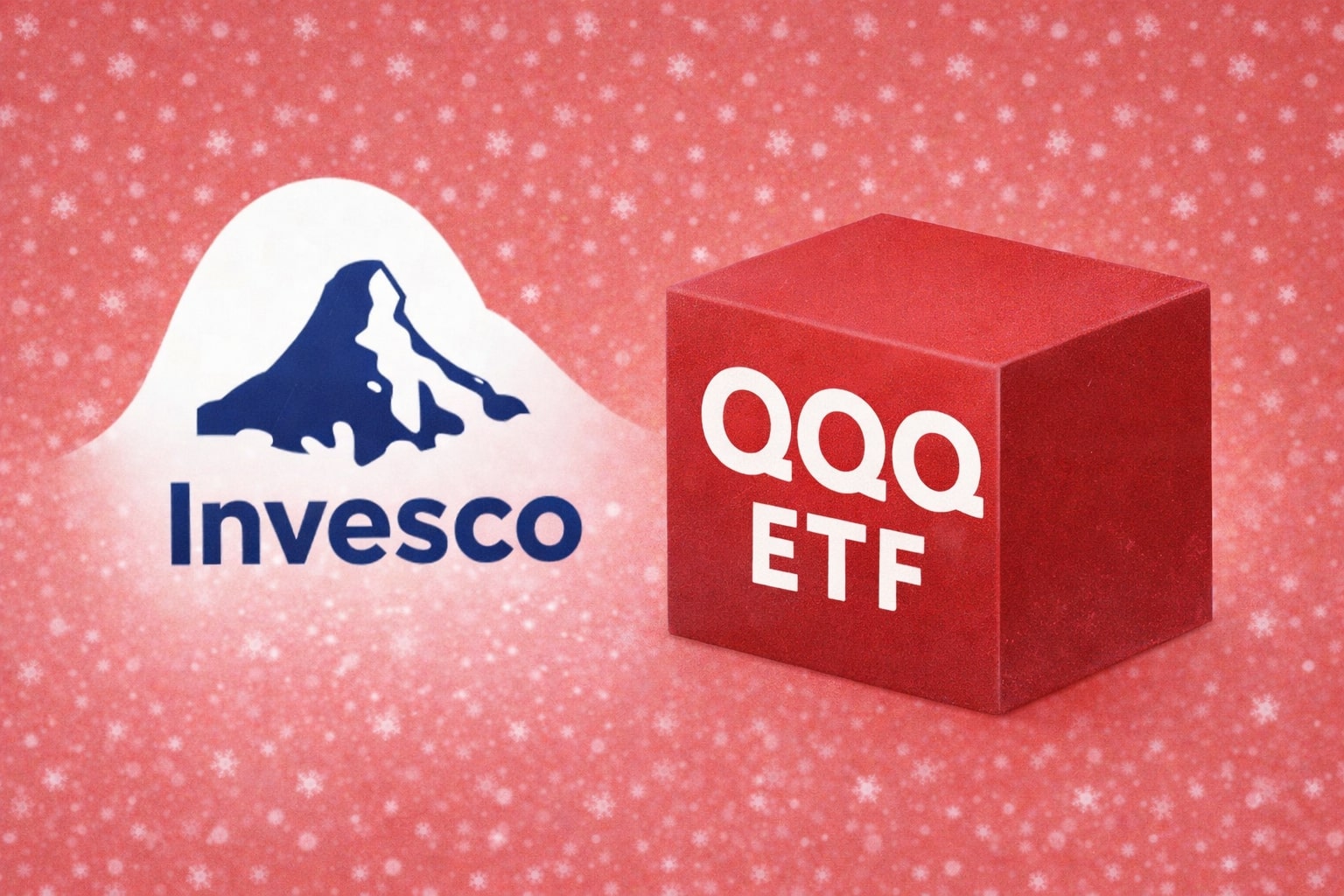
Apple Stock Holds $237.74 as iPhone 17 Demand Lifts Outlook and Wall Street Eyes $305
With $23.4B profit, $94B revenue, and iPhone 17 preorders exceeding supply, Apple balances China headwinds against AI growth and bullish analyst targets | That's TradingNEWS
Apple Stock Performance and Market Context
Apple (NASDAQ:AAPL) trades at $237.74, down 0.52% intraday, retreating from a session high of $241.20. Despite the pullback, shares remain just 7% off the 52-week high of $260.10 and far above the $169.21 low. With a market cap of $3.55 trillion, Apple remains the world’s largest company, though its +4.7% YTD gain trails the S&P 500’s +12.9%. Over five years, the stock has surged 128.7%, outperforming the index’s 100% return, cementing Apple as a long-term outperformer.
Earnings Strength and Revenue Expansion
In its June quarter, Apple delivered $94.04 billion in revenue and $23.4 billion in net income, equal to EPS of $1.57—a 10.1% beat over consensus. Over the past year, revenue reached $408.6 billion while net profit totaled $99.3 billion, translating into EPS of $6.60. Growth momentum has returned, with quarterly revenue up 9.6% year-over-year and EPS higher by 9.3%. Analysts expect FY2025 EPS at $7.37 and $7.97 in FY2026, reflecting an 8.3% CAGR. Revenue forecasts of $415.1 billion in 2025 and $436.5 billion in 2026 point to 5–6% annual top-line growth driven by services and new hardware cycles.
Valuation Premium Against Peers
Apple trades at a trailing P/E of 36.27 and forward P/E of 29.85, a clear premium to the sector average near 25x. The PEG ratio of 2.3 confirms investors are paying up for modest earnings growth. Apple’s P/S multiple of 8.83 and P/B of 53.9 highlight how richly valued the company is compared with hardware peers like Samsung or Sony, reflecting its brand moat and balance-sheet strength.
Margins, Cash Flows, and Balance Sheet Power
Profitability remains unmatched. Net margin stands at 24.3%, operating margin at 29.9%, and return on equity an eye-popping 149.8%, largely fueled by aggressive buybacks. Return on assets is a robust 24.6%, while Apple’s free cash flow over the past year totaled $94.9 billion. Operating cash inflow reached $108.6 billion, leaving Apple with $55.4 billion in cash for shareholder returns and strategic investments.
Dividend Strategy and Insider Positioning
Apple pays an annual dividend of $1.04 per share, yielding 0.44%, with a conservative 15.3% payout ratio. While the yield is modest, consistent buybacks support shareholder returns. Shares outstanding have fallen to 14.8 billion. Institutional investors hold 63.6% of the stock, while insiders own 1.97%. Insider activity shows no aggressive buying, but also no concerning selling pressure.
iPhone 17 and iPhone Air Drive Upgrade Cycle
Apple’s iPhone 17 lineup, launched September 9, is priced at $799 for the base, $1,099 for the Pro, and $1,199 for the Pro Max. Production has ramped 25% year-over-year, yet lead times are stretching, suggesting strong demand. The new iPhone Air, priced at $999, offers ultra-thin design but with reduced battery and only one camera. While its adoption remains uncertain, it underscores Apple’s push toward product diversification and design leadership.
Read More
-
QQQ ETF At $626: AI-Heavy Nasdaq-100 Faces CPI And Yield Shock Test
11.01.2026 · TradingNEWS ArchiveStocks
-
Bitcoin ETF Flows Flip Red: $681M Weekly Outflows as BTC-USD Stalls Near $90K
11.01.2026 · TradingNEWS ArchiveCrypto
-
Natural Gas Price Forecast - NG=F Near $3.33: NG=F Sinks as Supply Surges and China Cools LNG Demand
11.01.2026 · TradingNEWS ArchiveCommodities
-
USD/JPY Price Forecast - Dollar Breaks Toward ¥158 as Yen Outflows and US Data Fuel Dollar Charge
11.01.2026 · TradingNEWS ArchiveForex
Apple Intelligence and AI Integration
The September 15 release of Apple Intelligence opened Apple’s proprietary LLM to third-party developers, strengthening the iOS ecosystem across its 2.4 billion active devices, with 315 million iPhone users overdue for upgrades. Services revenue has grown 11%+ for six straight quarters, and AI features are expected to accelerate monetization. Apple’s rumored collaboration with Google’s Gemini for Siri enhancements could further boost services revenue while maintaining its $20 billion annual traffic acquisition deal with Google.
China Sales Volatility and Macro Headwinds
China remains a mixed story. Ahead of the iPhone 17 launch, Apple’s Chinese revenue fell 6% year-over-year, though competitors Xiaomi, Vivo, and Honor also reported double-digit declines. Earlier in 2025, sales fell 11% in Q1, but rebounded +4.4% in Q3, suggesting demand is cyclical, not permanently eroded. Broader risks include Trump-era tariffs, slowing global smartphone demand, and rising regional competition. On the macro front, the Fed’s 25bps cut to 4.00–4.25% may support consumer demand globally, aiding Apple’s pricing power.
Wall Street Sentiment and Price Targets
Analysts remain constructive with a consensus Moderate Buy rating. The average price target is $241.93, only slightly above the current $237.74, reflecting near-term caution. Bulls are more aggressive: Wedbush at $270, JPMorgan at $255, Tigress at $305. On the cautious side, UBS maintains $220 and DA Davidson downgraded to Neutral. The implied trading range sits between $170 and $305, with most clustering around $240–$270.


















